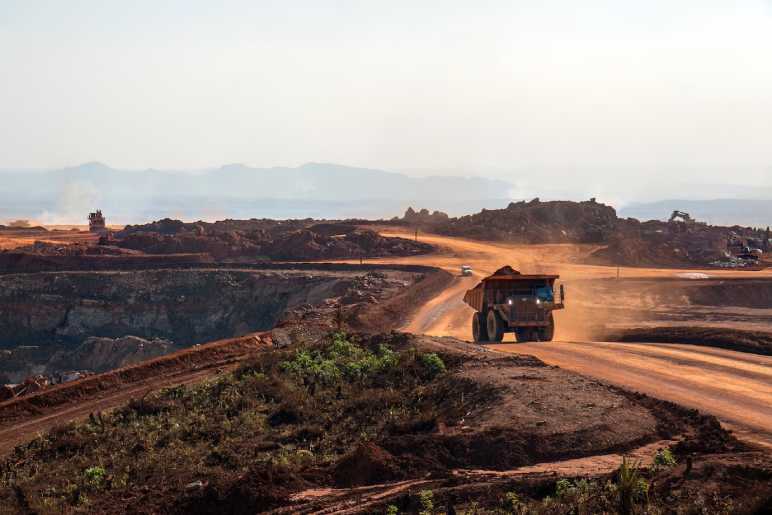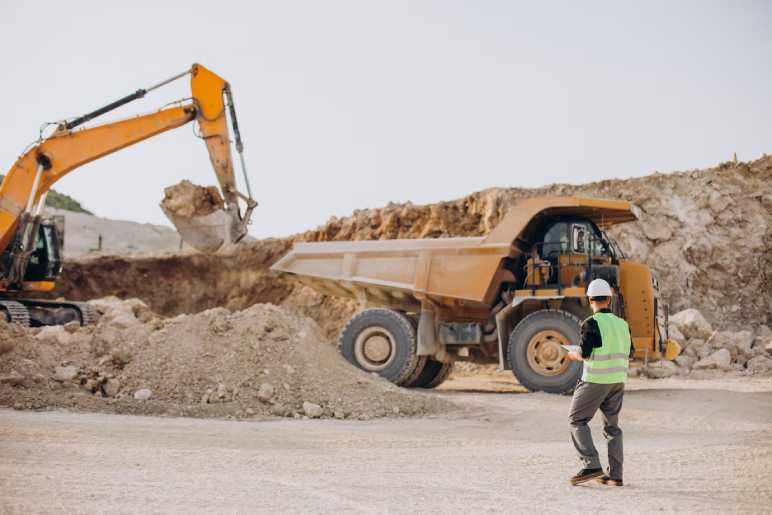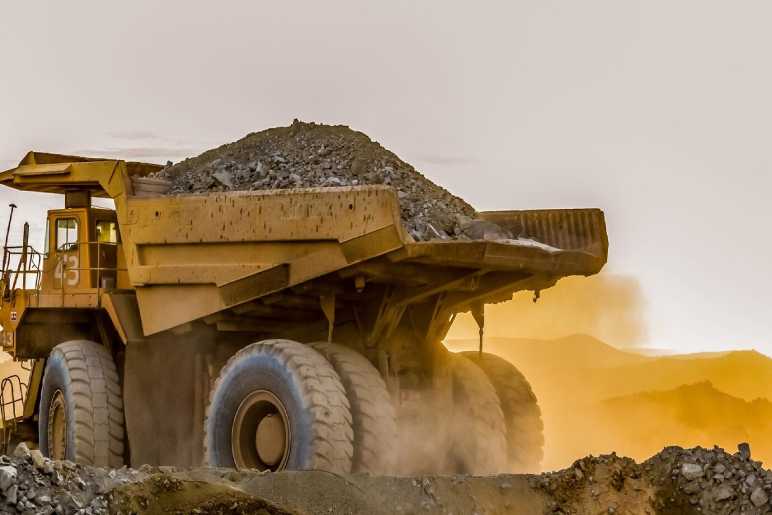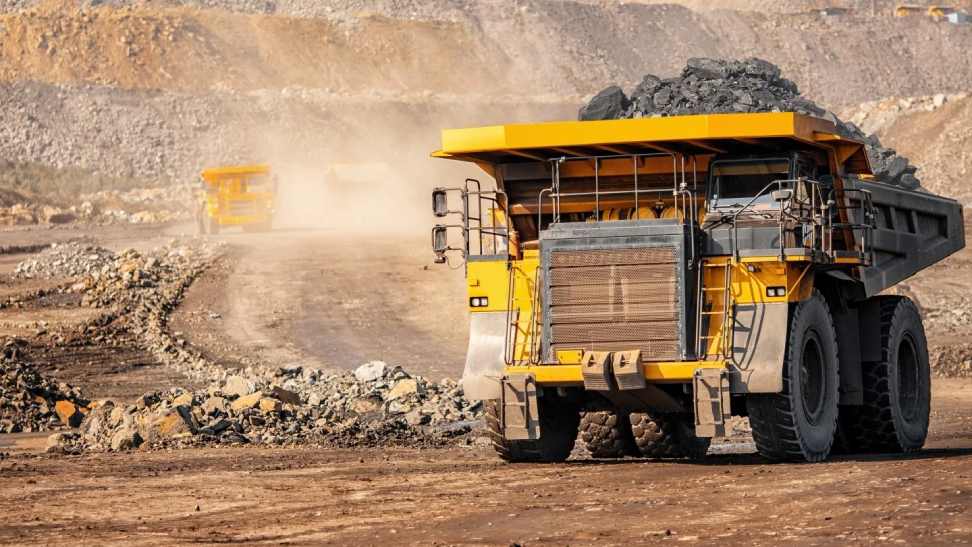The earth beneath our feet holds a treasure trove of minerals, vital for our infrastructure, construction, and everyday lives. But what about the careers behind extracting these valuable resources? This article dives into the world of nonmetallic mineral mining and quarrying (excluding fuels), exploring its career options, work environment, and factors to consider before embarking on this path.
What is Nonmetallic Mineral Mining & Quarrying?


Nonmetallic minerals, unlike coal or natural gas, are not used for fuel. They encompass a vast array of materials, including:
- Sand and gravel (essential for construction)
- Limestone (used in cement, concrete, and agriculture)
- Clay (utilized in bricks, ceramics, and pottery)
- Dimension stone (employed for countertops, flooring, and monuments)
- Gypsum (used in drywall and plaster)
- Phosphate (a key ingredient in fertilizers)
These minerals are extracted through open-pit mining or underground quarrying. Open-pit involves removing the overlying rock to access the deposit, while quarrying typically deals with shallower deposits closer to the surface.
Career Opportunities in Nonmetallic Mining & Quarrying


The nonmetallic mining and quarrying industry offers a diverse range of career paths, catering to various skillsets and interests. Here are some key positions:
- Equipment Operators: Operate heavy machinery like excavators, loaders, and haul trucks to extract and transport minerals.
- Geologists: Assess mineral deposits, analyze their quality, and plan extraction strategies.
- Geotechnical Engineers: Design and oversee safe and efficient mining practices, ensuring stability of the operation.
- Blasting Specialists: Handle explosives for controlled blasting to break up rock formations.
- Environmental Scientists: Monitor the environmental impact of mining operations and implement mitigation strategies.
- Production Supervisors: Oversee daily mining activities, ensuring adherence to safety protocols and production targets.
- Maintenance Mechanics: Keep mining equipment operational through repairs and routine maintenance.
- Dispatchers: Coordinate logistics, scheduling equipment movement, and ensuring smooth flow of operations.
- Truck Drivers: Transport extracted minerals to processing facilities or construction sites.
Work Environment and Considerations


Nonmetallic mining and quarrying is a physically demanding field. Workers often operate in challenging weather conditions, with potential exposure to dust, noise, and vibrations. Safety is paramount, and strict protocols are followed to minimize risks.
Here are some crucial aspects to consider before entering this field:
- Physical Demands: The work requires physical stamina, strength, and the ability to operate heavy machinery for extended periods.
- Work Schedule: Non-standard work schedules, including nights and weekends, are common to maintain production continuity.
- Education and Training: Educational requirements vary by position. Some roles require a high school diploma, while others may benefit from technical training or college degrees in related fields like geology or engineering. On-the-job training is also prevalent.
- Advancement Opportunities: Career progression is possible with experience and additional qualifications. Supervisory roles, mine management positions, and technical specialist roles are potential paths for advancement.
Is Nonmetallic Mining & Quarrying a Good Career Path?


There are several factors to weigh when deciding if this career path aligns with your aspirations:
- Job Security: The demand for nonmetallic minerals remains steady, as they are fundamental components in construction and infrastructure development. This translates to stable job security in the industry.
- Earnings Potential: The salary varies depending on experience, location, and specific role. However, the Bureau of Labor Statistics reports that mining and quarrying occupations have median wages higher than the national average [Bureau of Labor Statistics].
- Benefits: Many mining companies offer competitive benefit packages, including health insurance, retirement plans, and paid time off.
- Work-Life Balance: The industry often involves non-traditional working hours, which may impact work-life balance.
Conclusion


Mining and quarrying of nonmetallic minerals is a crucial sector that provides the foundation for our built environment. It offers a variety of career opportunities with good earning potential and job security. However, the physically demanding nature, work environment, and potential for long hours should be carefully considered.
So, is a career in nonmetallic mining and quarrying right for you? If you enjoy working outdoors, are physically capable, and find the extraction of essential materials rewarding, this path could be a fulfilling choice. Carefully weigh the pros and cons, research specific job roles, and connect with professionals in the industry to gain further insights before making your decision.
Have A Look :-
- Andre Hakkak Net Worth
- All You Need To Know About Andre Hakkak Wife
- White Oak Impact Fund – Information, Profile And Returns
Feature image source:- https://tinyurl.com/uyatw4wk

